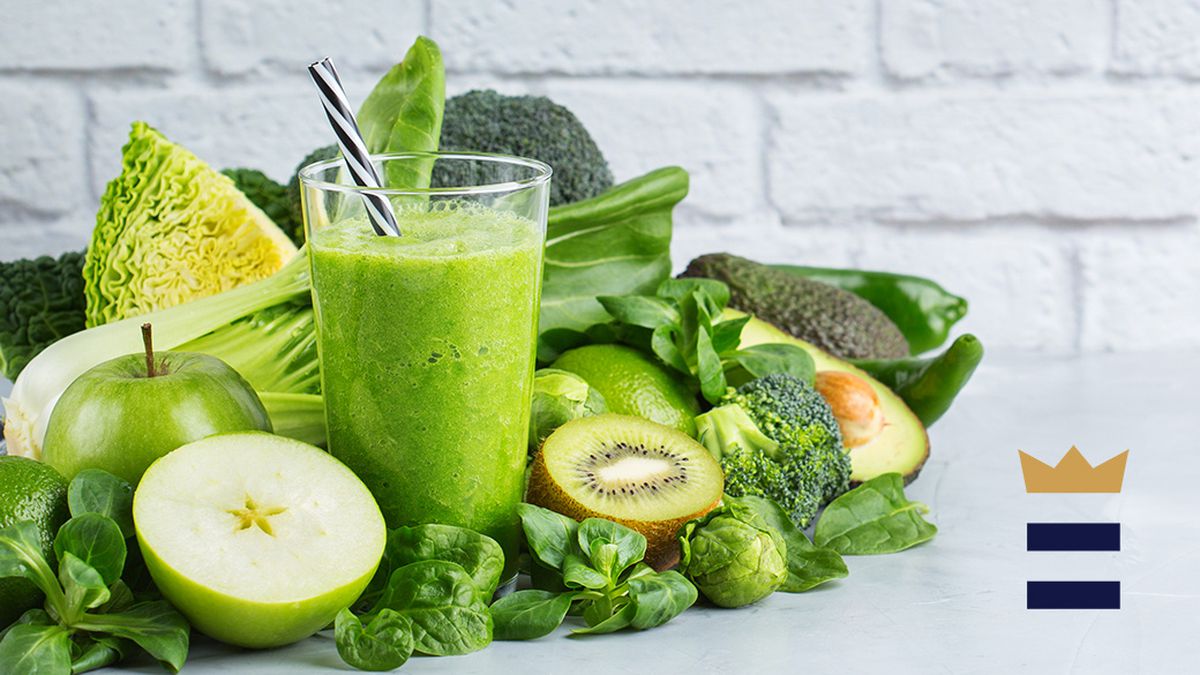If you make juice out of nothing but kale and broccoli, it’s probably not going to be too palatable, but if you add some fruits for sweetness and a squeeze of lime, you’ll end up with something much tastier.
This makes green smoothies more filling than juices, and suitable as a meal replacement for breakfast or lunch, while green juices are simply a beverage to be drunk with a meal or between meals.
The first step in making green juice is deciding what to put in it, and like its name, a good portion of green juice should consist of green vegetables.
Kale is an excellent leafy green to add to your green juice; according to Healthline, it’s a great source of vitamins A, C and K, and is also rich in antioxidants.
You can choose to add some non-green vegetables, such as carrots or cauliflower, but you don’t want to add anything that will overpower the flavor or significantly alter the green color.
Fresh herbs add a fragrant punch to your green juice, though we’d recommend sticking to one herb per recipe, so the flavors don’t get muddled.
In addition to your primary fruit, you may want to add the juice of a lemon or lime for a zesty flavor, especially if your green juice ends up tasting a little muddy.
Once you’ve figured out what you want to add to your green juice, all that’s left to do is make it.
When making green juice in a juicer, start by washing your produce — use a mild fruit and vegetable wash, if you like — and peeling any fruits.
If you don’t have a juicer, it’s possible to make green juice with a blender, but you will need to add some water to help it process, so your juice will be slightly diluted.
